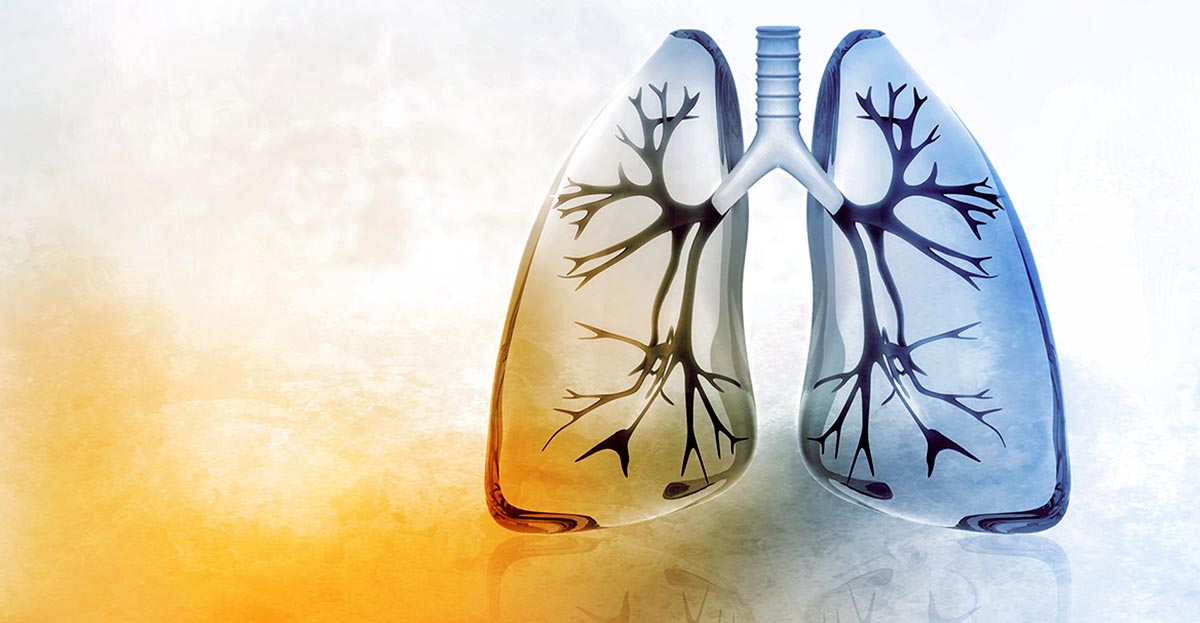Chronic Obstructive Pulmonary Disease (COPD)
- Category: Health & Wellness, Lung Health
- Posted On:
- Written By: Nora Wallace

While millions of people are aware of their diagnosis, millions more may have COPD and not know the name of their medical issue. COPD is a serious lung disease that makes it hard to breathe.
Common symptoms include wheezing, shortness of breath, ongoing coughing, chest tightness, or a combination of all. Sometimes, people may mistake those symptoms as normal signs of aging without realizing something more serious is at play.
The progressive lung disease may also be called emphysema, and is a result of permanently damaged air sacs in the lungs, and chronic bronchitis, or an ongoing inflammation of the airways. If it’s not treated, those suffering from COPD will eventually have significant decrease in stamina and ability to perform their activities of daily living.
While cigarette smoking is the main cause of COPD, about one-quarter of the people diagnosed with the disease have never smoked. They may have had long-term exposure to chemicals, dust or workplace fumes; second-hand smoke or other types of air pollution.
In the U.S., COPD is the fourth leading cause of death, according to the National Institutes of Health. The disease tends to affect women and older adults the most, and is more common in the southern states, according to the NIH. The health organization indicates that in 2010, COPD-related patient care cost more than $32 billion in the U.S. By next year, those costs are anticipated to reach $49 billion.
People diagnosed with COPD are more likely to have limitations such as difficulty walking or climbing stairs, according to the CDC. They may need special equipment such as oxygen tanks and have other chronic diseases such as congestive heart failure, diabetes, asthma and more. Generally, people with COPD report having a “fair” or “poor” health status overall.
So, what can you do if you have a COPD diagnosis? Getting treated for COPD can help alleviate some of the symptoms. Among the most common treatment options is to suggest the patient stop smoking, and avoid tobacco smoke and other air pollutants.
A physician might also suggest a pulmonary rehabilitation program, which includes teaching ways to breathe more easily and conserve energy, as well as advice on exercise. Some symptoms such as coughing or wheezing can be helped with medication, and some people may need supplemental oxygen.
One of the major medical treatments is to encourage people with COPD to do their best to avoid lung infections. That can be aided by ensuring patients receive certain vaccines, such as flu and pneumococcal vaccines, as well as treating respiratory infections with antibiotics, if appropriate, according to the CDC.
There are a number of other things that can be done to help manage the disease and its symptoms. If you have COPD, it is suggested that you do activities slowly, to help manage your breathing. It’s also helpful to put frequently used items in an easy-to-reach place, so extra exertion is not necessary. Another suggestion to help manage your breath is to use a small cart with wheels to help move things.
The CDC acknowledges that living with a COPD diagnosis may cause depression, stress and fear. People diagnosed with the disease are encouraged to talk to a professional counselor for help in adjusting to life with COPD. Patient support groups are also available, and asking friends and family for help and support may relieve stress and anxiety as well.






